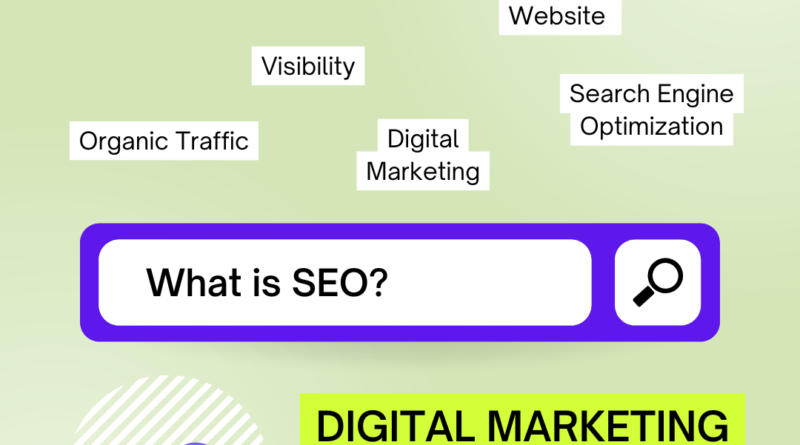Maximizing SEO Success: A Strategic Approach to Website Planning
New sites all too frequently make one or more of the critical mistakes that can ultimately destroy their online visibility. With expert SEO services, this guide will help you plan your next website using a structured approach, ensuring you retain—and even improve—your SEO performance.
Understand the Challenge of Redesigns
New layouts often fail to enhance SEO-often even further depressing present rankings. Often this cuts across the efforts of the SEO crew, which might have had to regain much lost traffic to ultimately impact more leads and sales. Many times I’ve gone for new sites where already much damage has been inflicted and require much regain to previous levels of traffic.
While many sites write about SEO site optimization and retaining traffic during a redesign, few synthesize a practical planning approach with retention strategies for SEO. This article attempts to fill that gap, giving a roadmap to planning a new site to retain existing traffic and ensure a proper foundation for future SEO development.
A Thorough SEO Plan
To retain and enhance SEO in the case of redesigning a website, you will have to develop a clear SEO strategy articulated in a simple plan. Unforeseen problems or changes during the development stage can easily derail a project. A good input and well-formulated plan by all involved parties lessens these risks. Any adjustments to be made in project scope can be very easily justified with documented plans whenever there may be the need to adjust corresponding fees.
I can recall projects where we were instructed to review virtually complete websites, only to find that SEO had not even been considered, which could then jeopardize the entire success of the venture. A recent example of a high-budget project was where valuable organic traffic built up over years was all but erased overnight, with huge additional costs incurred in relation to PPC campaigns and a massive SEO redevelopment effort. Avoid this at all costs.
Building Your SEO-Compliant Website Blueprint
- Review Current Rankings and Traffic
Understand which traffic sources you have. Use Google Analytics and Google Search Console to determine what’s ranking well with the keyword phrases, which pages are getting the most traffic, and where to focus attention. Write down all of these to include in your new site. Mistreating or removing high-ranking content can be a huge problem. - Define SEO and Website Objectives
One of the most important aspects of any project is clear goals. Determine your top-level goal for your website, such as to drive more leads, and then define more specific SEO objectives, like position your service pages better in search results. Think also about what you want to steer clear of. Write all these down in your planning template-this is a big guide for your project. - Identify Audience Segments
Clearly define the target audience(s), and even consider your competition. Remember that a broad targeting strategy dilutes focus. Delve into the demographics and needs of your audience segments in order to align the objectives of your business with theirs. This knowledge is central to creating relevant, helpful content that resonates with users. - Website Structure and Sitemap Design
A sitemap gives you an overview of the new site, and through it, you will ensure some of the most visited pages are not lost. Involve the stakeholders at the pre-planning stage to finalize the sitemap without complications down the road. You can develop a bullet-point sitemap with primary categories and subcategories; this will help you structure content effectively. - Scope of Each Page
Content to be contained on every page should also detail the purpose, functionality, and SEO elements like titles and meta descriptions. The flavor of performing pages should not be lost to avoid disrupting existing SEO performance. - Description of SEO Specification
As you create your plan, be sure to note down the following SEO information: Plan temporary maintenance of the old site Determine redirects Make content migrations Measure post-launch performance Addressing these details will address many SEO Considerations.
Creating Your Web Site Plan
To this point you should have a good general plan which details the following elements:
Current rankings and traffic
Project goals
Target audience segments
General plan for website structure and sitemap
Page-specific details
SEO specifics. Those include redirect considerations
Most of them forget to create a comprehensive planning step, choosing briefs that are bare minimum and assigned to the web developers. However, the development team may not have an idea of your business goals. It is taking much time to plan before launching a new site that ensures it meets all the requirements of SEO, along with the larger objectives.
Preparation and Launch Monitoring
To get things started, set metrics to measure the success of your marketing efforts and the ROI of SEO activities. Expect some ups and downs, but through diligent monitoring in Google Search Console, you will catch and address issues soon.
Conclusion: A Blueprint for Success
Many websites could use better planning. The following steps can help you accomplish more pre-design preparation than most projects combine, so you will become one of the members of that elite group that sees significant results. Here’s how to understand what is currently working; define your goals; and how these are then integrated into your new website planning for that successful launch.



